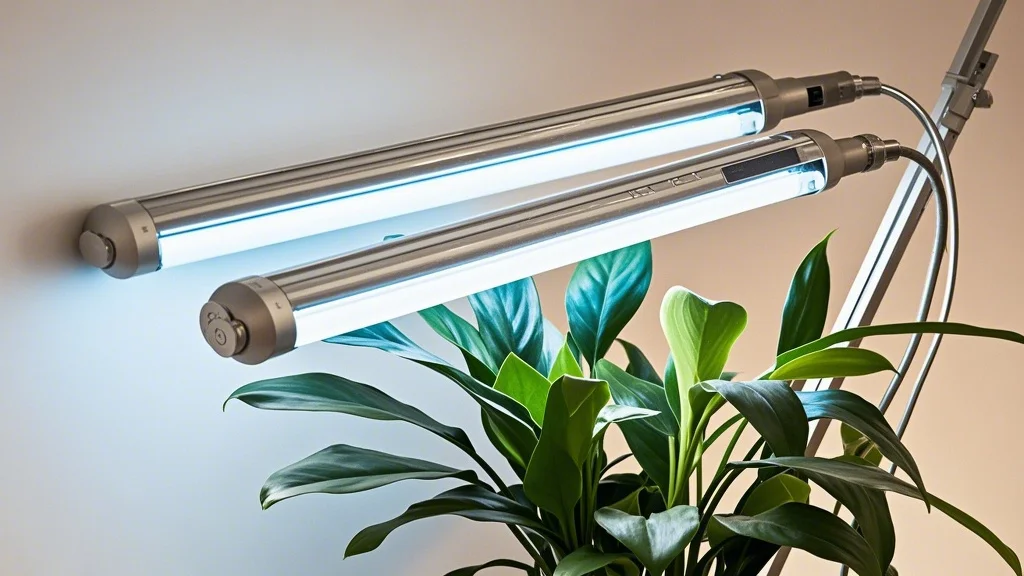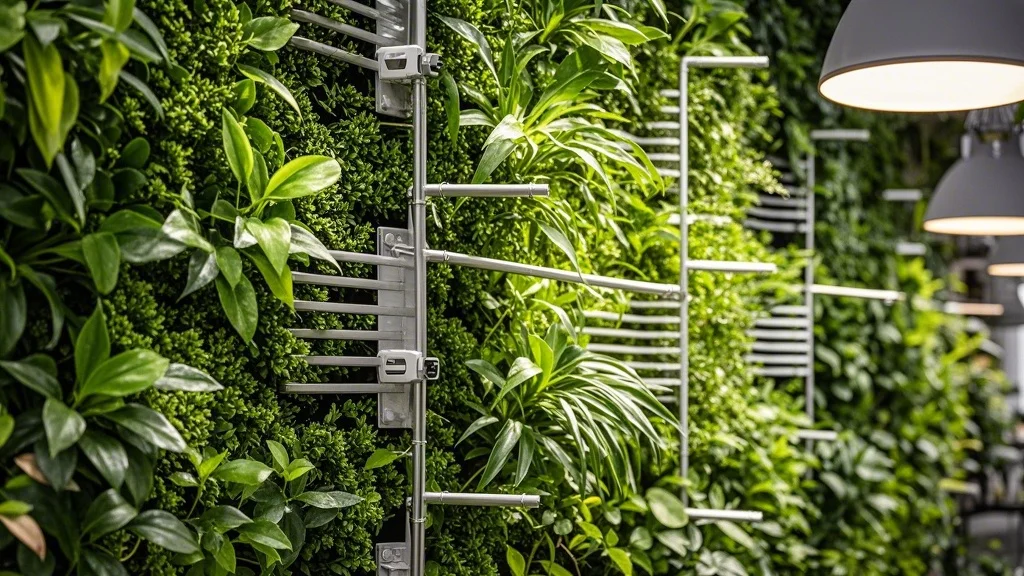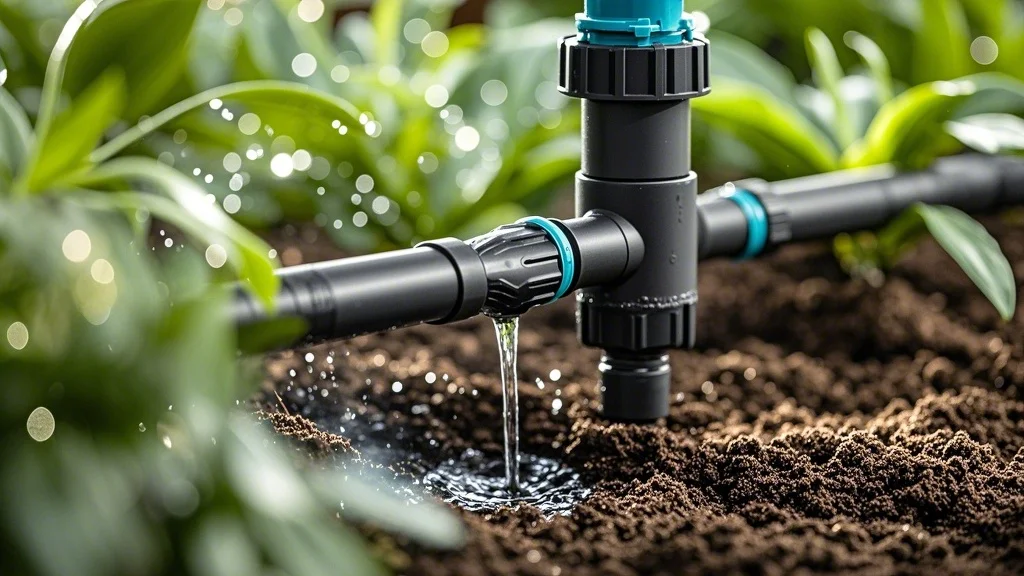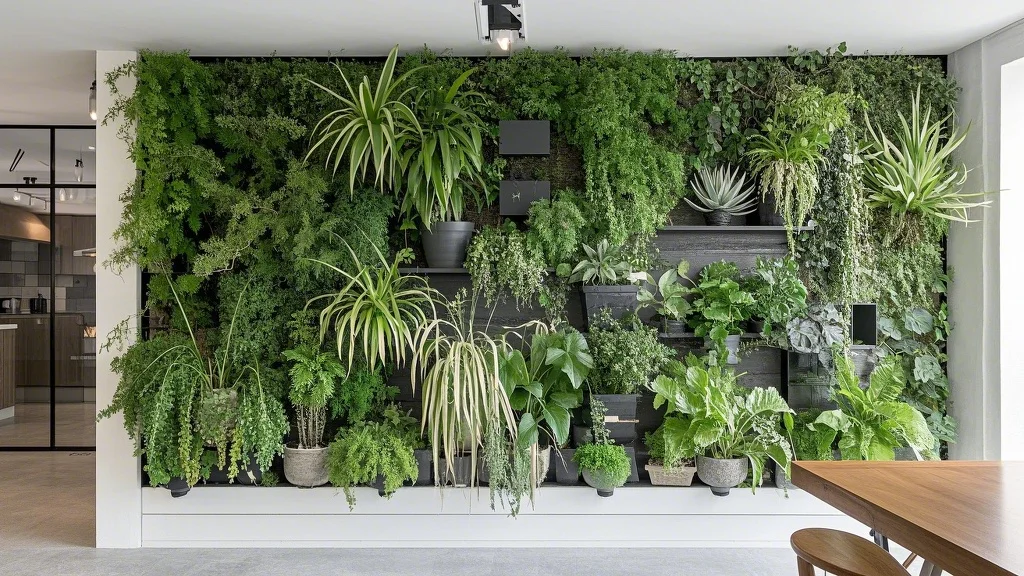Plant walls, also known as living walls or vertical gardens, have become increasingly popular in urban environments. These stunning green installations not only add aesthetic value but also improve air quality and create a sense of tranquility. However, maintaining a thriving plant wall requires careful consideration of various factors, with lighting being one of the most crucial. In this article, we’ll explore the importance of proper illumination for plant walls and review some of the best lighting solutions available in the market.
Contents
- 1 Understanding Plant Light Requirements
- 2 Challenges in Lighting Plant Walls
- 3 Types of Lighting Solutions for Plant Walls
- 4 Types of Lighting Solutions for Plant Walls
- 5 Designing a Lighting System for Your Plant Wall
- 6 Installation Tips
- 7 Maintenance and Monitoring
- 8 Measuring Light Levels
- 9 Energy Efficiency Considerations
- 10 Conclusion
Understanding Plant Light Requirements
Before diving into specific lighting solutions, it’s essential to understand the basic light requirements of plants:
-
Light intensity: Measured in foot-candles or lux, this refers to the amount of light that reaches the plant.
-
Light duration: The number of hours of light exposure per day.
-
Light quality: The spectrum of light, including different wavelengths that plants use for photosynthesis.
Most plants used in vertical gardens require medium to high light intensity, typically ranging from 100 to 1000 foot-candles, for 12-16 hours per day.
Challenges in Lighting Plant Walls
Vertical gardens often face unique lighting challenges:
-
Uneven light distribution: Plants at the top may receive more light than those at the bottom.
-
Limited natural light: Many indoor spaces lack sufficient natural light for plant walls.
-
Heat management: Some lighting solutions can generate excess heat, potentially damaging plants.
-
Aesthetics: Lighting fixtures should complement the overall design of the plant wall.
Types of Lighting Solutions for Plant Walls

Types of Lighting Solutions for Plant Walls
1. LED Grow Lights
LED grow lights have become the go-to solution for many plant wall installations due to their energy efficiency, low heat output, and customizable spectrum.
Pros:
- Energy-efficient
- Long lifespan
- Customizable light spectrum
- Low heat emission
Cons:
- Higher initial cost
- May require professional installation
Top picks:
- VIPARSPECTRA P1500 LED Grow Light
- Spider Farmer SF-1000 LED Grow Light
- HLG 100 V2 3000K Quantum Board LED Grow Light
2. Fluorescent Grow Lights
Fluorescent lights are an affordable option that works well for low to medium-light plants.
Pros:
- Cost-effective
- Good for seedlings and low-light plants
- Even light distribution
Cons:
- Limited light intensity
- Shorter lifespan compared to LEDs
Top picks:
- Agrobrite FLT24 T5 Fluorescent Grow Light System
- Hydrofarm FLT24 4-Tube T5 Grow Light System
- SunBlaster T5HO Fluorescent Grow Light Strip
3. Metal Halide (MH) and High-Pressure Sodium (HPS) Lights
These high-intensity discharge (HID) lights are powerful options for larger plant walls or those with high-light plants.
Pros:
- High light output
- Good for flowering and fruiting plants
Cons:
- High heat output
- High energy consumption
- Require ballasts and reflectors
Top picks:
- iPower 600 Watt HPS MH Digital Dimmable Grow Light System
- VIVOSUN 1000W HPS MH Grow Light Kit
- Hortilux Blue Daylight MH Grow Lamp
4. Plasma Grow Lights
Plasma lights are a newer technology that offers a full spectrum of light similar to natural sunlight.
Pros:
- Full-spectrum light
- Long lifespan
- Energy-efficient
Cons:
- High initial cost
- Limited availability
Top picks:
- Gavita Pro 300 LEP Plasma Grow Light
- Alphalite 300W CMH Grow Light Fixture
- Growers Choice ROI-E720 LED Grow Light
Designing a Lighting System for Your Plant Wall
When planning the lighting for your plant wall, consider the following factors:
-
Plant selection: Choose plants with similar light requirements for easier management.
-
Wall size and shape: Larger walls may require multiple light fixtures for even coverage.
-
Natural light availability: Supplement natural light with artificial lighting as needed.
-
Light placement: Position lights to ensure even distribution across the entire wall.
-
Control systems: Implement timers and dimmers to automate lighting schedules and intensity.
-
Heat management: Ensure proper ventilation to dissipate heat from lighting fixtures.
-
Power supply: Calculate the total power requirements and ensure your electrical system can handle the load.
Installation Tips

-
Mounting options: Use adjustable brackets or track systems for flexible light positioning.
-
Wiring: Conceal wires behind the plant wall structure for a cleaner look.
-
Waterproofing: Choose fixtures with appropriate IP ratings for humid environments.
-
Safety: Ensure all electrical connections are properly insulated and protected from water.
-
Maintenance access: Install lights in a way that allows easy access for bulb replacement and cleaning.
Maintenance and Monitoring
Regular maintenance is crucial for optimal performance of your plant wall lighting system:
-
Clean fixtures: Dust and debris can reduce light output. Clean fixtures monthly.
-
Check for damage: Inspect wires and connections for signs of wear or water damage.
-
Replace bulbs: Follow manufacturer recommendations for bulb replacement schedules.
-
Monitor plant health: Observe plants for signs of light stress, such as yellowing leaves or stunted growth.
-
Adjust as needed: Be prepared to modify your lighting setup as plants grow and seasons change.
Measuring Light Levels
To ensure your plants are receiving adequate light, use a light meter to measure the intensity at various points on your plant wall. Aim for the following general guidelines:
- Low-light plants: 50-250 foot-candles
- Medium-light plants: 250-1000 foot-candles
- High-light plants: 1000+ foot-candles
Remember that these are general ranges, and specific plant species may have more precise requirements.
Energy Efficiency Considerations
While providing adequate light is crucial, it’s also important to consider energy efficiency:
-
Use LED lights: They consume less energy and have a longer lifespan than other options.
-
Implement smart controls: Use sensors and timers to optimize light usage.
-
Maximize natural light: Position your plant wall to take advantage of available natural light.
-
Choose reflective surfaces: Use light-colored or reflective materials around your plant wall to maximize light distribution.
Conclusion
Proper lighting is essential for the success of your plant wall. By understanding the light requirements of your plants and choosing the right lighting solutions, you can create a thriving vertical garden that enhances your space. Remember to consider factors such as light intensity, duration, and quality when designing your lighting system. With the right setup and regular maintenance, your plant wall will flourish, bringing life and beauty to your indoor environment.
Whether you opt for energy-efficient LEDs, cost-effective fluorescents, powerful HIDs, or cutting-edge plasma lights, the key is to provide consistent, adequate illumination tailored to your plants’ needs. By following the guidelines and tips outlined in this article, you’ll be well-equipped to create and maintain a stunning, well-lit plant wall that will be the envy of all who see it.









